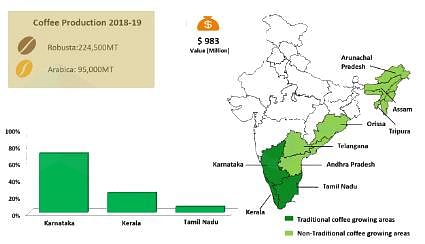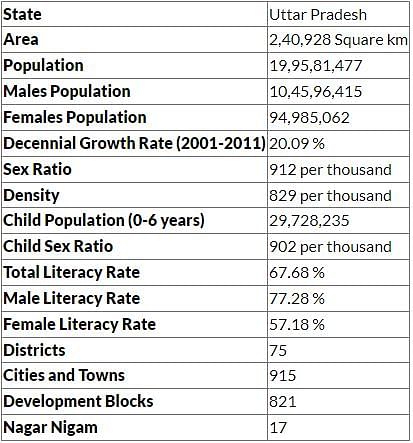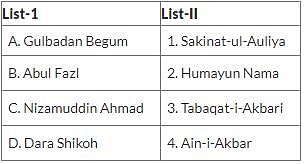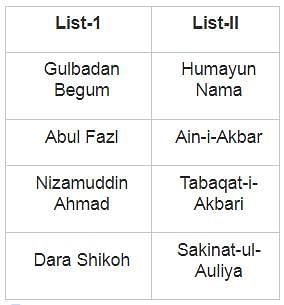UPPSC Prelims (GS I) Mock Test - 2 - UPPSC (UP) MCQ
30 Questions MCQ Test UPPSC Mock Test Series 2025 - UPPSC Prelims (GS I) Mock Test - 2
Who was the president of Indian National Congress during the Lucknow Pact?
| 1 Crore+ students have signed up on EduRev. Have you? Download the App |
Where was the first indigenously manufactured electrolyser commissioned by L&T?
Which among the National highway does not pass through Uttar Pradesh?
Which renowned Hollywood actor is set to receive the Satyajit Ray Excellence in Film Lifetime Award at the 54th International Film Festival in Goa?
Which of the Following Statements is/are incorrect About the Allahabad Treaty?
- Allahabad Treaty concluded (1765) Under the Rule of Ahmad Shah.
- Under This Treaty Diwani Rights of Bengal, Bihar, and Orissa were Granted to the British.
Find the right code given below.
Consider the following statements regarding National Human Rights Commission.
- The National Human Rights Commission is a constitutional body with the powers of a civil court and its proceedings have a judicial character.
- The functions of the commission are mainly recommendatory in nature.
- The commission is not empowered to inquire into any matter after the expiry of one year from the date on which the act was committed.
Which of the above statements is/are correct?
The Prime Minister of India inaugurated the submarine optical fiber connection project between which city and Lakshadweep islands?
The Kalinga war caused guilt and huge penitence to Ashoka, because of which he started to used "Dhammaghosha" instead of "Bherighosha". Here, the term "Dhammaghosha" signifies which of the following?
How many seats in the Lok Sabha are reserved for the Anglo-Indian community?
Consider the following statements:
- The President of India can summon a session of the Parliament at such place as he/she thinks fit.
- The Constitution of India provides for three sessions of the Parliament in a year, but it is not mandatory to conduct all three sessions.
- There is no minimum number of days that the Parliament is required to meet in a year.
Which of the statements given above is/are correct?
Which one of the following was not authored by Annie Besant?
Consider the following pairs:
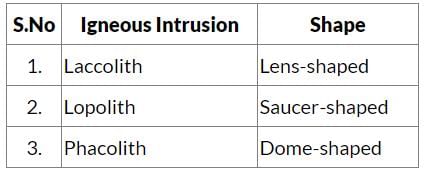
Which of the pairs given above is/are correctly matched?
Which of the following pairs (School of Thought Proponent) is correctly matched?
Given below are two statements, one is labelled as Assertion (A) and the other as Reason (R):
Assertion (A): Faujdar used to help the Jagirdas if they faced any difficulty in the collection of revenue.
Reason (R): The jagirdars could not employ their own officials.
Select the correct answer using the codes given below.
What is the colour of the outer zone of the complete combustion of a candle flame?
With reference to the "Coffee Board" in India, consider the following statements:
1. The Coffee Board is a statutory organization and functions under the administrative control of the Ministry of Commerce and Industry.
2. The Coffee Board's Head Office is situated in Bengaluru.
3. The Board mainly focuses its activities in the areas of research, extension, development, marketing, external & internal promotion, and welfare measures.
4. Karnataka, Kerala, Tamil Nadu, and Andhra Pradesh are the only Coffee-growing regions in India.
Which of the statements given above are correct?
As per the census 2011, The child sex ratio is ______ between the age group of 0-6 years in Uttar Pradesh.
The term "Anuvrata" is associated to which religion?
The provision for separate electorate for Muslims was given in
Consider the statements (A) and (R) and choose the correct option.
Assertion (A) : Igneous and sedimentary rocks can change into metamorphic rocks.
Reason (R) : Metamorphic rocks are formed under great heat and pressure.
Which of the following posts is constitutional in nature?
On which date, a Naval Central Strike committee was elected in order to deal with the rising strikes by Indian sailors of the RIN?
In which of the following districts of Uttar Pradesh is the opium factory of the Central Government located?
What proactive measure has the Uttar Pradesh government implemented to prevent forest fires?
Who was arrested for allegedly spying for Pakistan at the Indian Embassy in Russia?
In the UP Budget 2024-25, what amount has been allocated for agricultural development schemes?
|
2 docs|37 tests
|



